-
 Bitcoin
Bitcoin $84,865.6249
0.79% -
 Ethereum
Ethereum $1,616.4828
-1.25% -
 Tether USDt
Tether USDt $0.9999
0.01% -
 XRP
XRP $2.1359
0.36% -
 BNB
BNB $585.2393
-0.33% -
 Solana
Solana $130.1878
0.94% -
 USDC
USDC $1.0000
0.01% -
 TRON
TRON $0.2474
-2.44% -
 Dogecoin
Dogecoin $0.1556
-3.40% -
 Cardano
Cardano $0.6253
-1.68% -
 UNUS SED LEO
UNUS SED LEO $9.3493
-0.57% -
 Avalanche
Avalanche $19.6244
-1.51% -
 Chainlink
Chainlink $12.3812
-3.02% -
 Stellar
Stellar $0.2397
-0.18% -
 Toncoin
Toncoin $2.9591
6.02% -
 Sui
Sui $2.1602
-3.47% -
 Shiba Inu
Shiba Inu $0.0...01186
-2.02% -
 Hedera
Hedera $0.1634
-0.46% -
 Bitcoin Cash
Bitcoin Cash $323.8859
-2.13% -
 Litecoin
Litecoin $76.2082
-1.02% -
 Polkadot
Polkadot $3.6088
-2.69% -
 Dai
Dai $1.0000
0.02% -
 Hyperliquid
Hyperliquid $15.7577
0.72% -
 Bitget Token
Bitget Token $4.3060
1.28% -
 Ethena USDe
Ethena USDe $0.9992
0.02% -
 Pi
Pi $0.6652
-9.83% -
 Monero
Monero $215.2989
2.71% -
 Uniswap
Uniswap $5.2842
-2.32% -
 OKB
OKB $51.6972
-2.73% -
 Pepe
Pepe $0.0...07220
-2.27%
What is Intent Relay?
Intent Relay simplifies blockchain interactions by allowing users to express intents, which are then executed by nodes, enhancing efficiency and user experience in dApps.
Apr 14, 2025 at 06:43 am

What is Intent Relay?
Intent Relay is a concept within the cryptocurrency and blockchain ecosystem that focuses on improving the efficiency and user experience of decentralized applications (dApps). At its core, Intent Relay involves the communication of a user's intent to perform a specific action within a blockchain network, without the user needing to understand the underlying complexities of the blockchain technology. This concept is particularly relevant in the context of decentralized finance (DeFi) and other blockchain-based applications where user interaction can be complex and daunting.
How Does Intent Relay Work?
The process of Intent Relay begins with a user expressing their intent to perform a certain action, such as swapping one cryptocurrency for another or executing a smart contract. This intent is then relayed to a network of nodes or specialized services that interpret the user's request and execute the necessary transactions on the blockchain. The key advantage of this system is that it abstracts away the technical details from the user, allowing them to interact with the blockchain in a more intuitive and user-friendly manner.
Benefits of Intent Relay
One of the primary benefits of Intent Relay is the simplification of user interactions with blockchain networks. By allowing users to express their intentions in a straightforward manner, Intent Relay reduces the learning curve associated with using decentralized applications. This can lead to increased adoption of blockchain technology, as more users feel comfortable interacting with dApps without needing to become experts in blockchain technology.
Another significant benefit is the potential for increased efficiency. By automating the execution of user intents, Intent Relay can reduce the time and effort required to perform transactions on the blockchain. This can be particularly beneficial in high-frequency trading environments or in scenarios where time-sensitive transactions are necessary.
Challenges and Considerations
Despite its potential benefits, Intent Relay also faces several challenges. One of the primary concerns is the security of the system. Since Intent Relay involves the delegation of transaction execution to third-party nodes or services, there is a risk that these entities could act maliciously or make errors that could compromise the user's assets or privacy.
Another consideration is the need for standardization. For Intent Relay to be widely adopted, there must be a common framework or protocol that allows different blockchain networks and dApps to interpret and execute user intents consistently. This requires collaboration and agreement among various stakeholders in the blockchain ecosystem.
Examples of Intent Relay in Action
Several projects and platforms within the cryptocurrency space are already exploring the concept of Intent Relay. For instance, some decentralized exchanges (DEXs) are implementing features that allow users to specify their trading intentions, such as the desired price and quantity of a trade, and then automatically execute these trades on the user's behalf.
Another example can be found in the realm of cross-chain interoperability. Some projects are developing protocols that allow users to express their intent to transfer assets between different blockchain networks, with the underlying technology handling the complexities of cross-chain transactions.
Implementing Intent Relay: A Step-by-Step Guide
To better understand how Intent Relay can be implemented, let's consider a hypothetical scenario where a user wants to swap one cryptocurrency for another using an Intent Relay-enabled platform. Here are the steps involved:
- Express Intent: The user logs into the platform and specifies their intent to swap a certain amount of cryptocurrency A for cryptocurrency B at a specified price.
- Relay Intent: The platform relays the user's intent to a network of nodes or a specialized service that interprets the request.
- Execute Transaction: The nodes or service execute the necessary transactions on the blockchain to fulfill the user's intent, such as placing a trade on a decentralized exchange.
- Confirm and Notify: Once the transaction is complete, the platform confirms the execution and notifies the user of the outcome.
Technical Aspects of Intent Relay
From a technical perspective, Intent Relay involves several key components. One of these is the use of smart contracts, which can be programmed to interpret and execute user intents automatically. Another important aspect is the development of user interfaces that allow users to express their intents in a clear and intuitive manner.
Additionally, the security of Intent Relay systems is crucial. This involves implementing robust authentication and authorization mechanisms to ensure that only authorized entities can execute transactions on behalf of users. It also requires the use of cryptographic techniques to protect the privacy and integrity of user data.
Impact on the Cryptocurrency Ecosystem
The adoption of Intent Relay has the potential to significantly impact the cryptocurrency ecosystem. By simplifying the user experience, Intent Relay can make decentralized applications more accessible to a broader audience. This could lead to increased liquidity and activity on blockchain networks, as more users engage with dApps and participate in decentralized finance.
Moreover, Intent Relay can enhance the interoperability of different blockchain networks. By providing a standardized way for users to express their intents across different platforms, Intent Relay can facilitate the seamless transfer of assets and data between various blockchain ecosystems.
Frequently Asked Questions
Q: How does Intent Relay differ from traditional blockchain transactions?
A: Traditional blockchain transactions require users to manually specify the details of each transaction, such as the recipient address and the amount to be transferred. In contrast, Intent Relay allows users to express their desired outcome or intent, and the underlying system handles the execution of the transaction. This abstraction simplifies the user experience and can lead to more efficient and user-friendly interactions with blockchain networks.
Q: Can Intent Relay be used with any blockchain network?
A: While the concept of Intent Relay is applicable to any blockchain network, its implementation may vary depending on the specific features and capabilities of each network. Some blockchain platforms may have built-in support for Intent Relay, while others may require the development of additional protocols or services to enable this functionality.
Q: What are the potential risks associated with using Intent Relay?
A: The primary risks associated with Intent Relay include security vulnerabilities and the potential for errors in the execution of user intents. Since Intent Relay involves delegating transaction execution to third-party nodes or services, there is a risk that these entities could act maliciously or make mistakes that could compromise the user's assets or privacy. Users should carefully evaluate the security measures and reputation of any Intent Relay-enabled platform before using it.
Q: How can developers integrate Intent Relay into their decentralized applications?
A: Developers can integrate Intent Relay into their decentralized applications by implementing smart contracts that can interpret and execute user intents. They should also develop user interfaces that allow users to express their intents in a clear and intuitive manner. Additionally, developers need to ensure the security of their Intent Relay systems by implementing robust authentication, authorization, and cryptographic techniques to protect user data and assets.
Disclaimer:info@kdj.com
The information provided is not trading advice. kdj.com does not assume any responsibility for any investments made based on the information provided in this article. Cryptocurrencies are highly volatile and it is highly recommended that you invest with caution after thorough research!
If you believe that the content used on this website infringes your copyright, please contact us immediately (info@kdj.com) and we will delete it promptly.
- Veteran Trader Peter Brandt Says Bitcoin (BTC) Breakout Means Nothing to Him
- 2025-04-15 23:40:12
- Stablecoin Market Expected to Explode in Value, Pushing Total Market Cap to $2 Trillion by 2028
- 2025-04-15 23:40:12
- Trump Administration Considers Using Tariff Revenue to Purchase Bitcoin
- 2025-04-15 23:35:13
- Nvidia (NVDA) Short-Dated Put Options Outperform the Biggest Cryptocurrencies
- 2025-04-15 23:35:13
- XRP Price Explodes as It Captures Market Attention, Will It Hit $3 in 2025?
- 2025-04-15 23:30:13
- Dogecoin (DOGE) Prepares to Breakout from Its Trading Range, Targeting $0.21 and $0.29
- 2025-04-15 23:30:13
Related knowledge
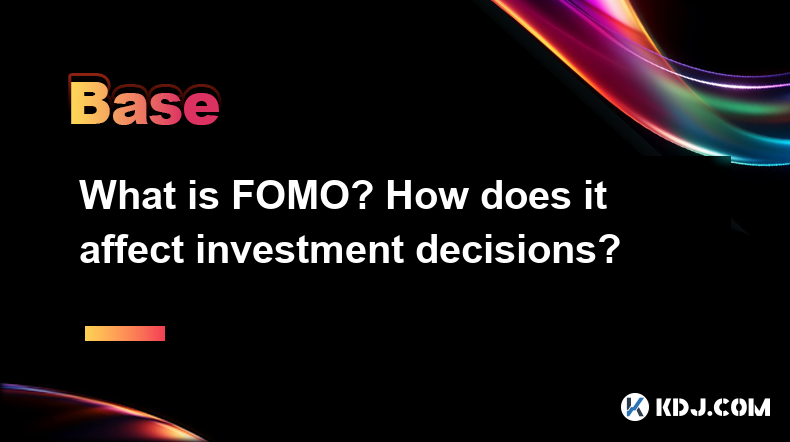
What is FOMO? How does it affect investment decisions?
Apr 15,2025 at 03:22pm
FOMO, or Fear Of Missing Out, is a psychological phenomenon that significantly impacts the cryptocurrency market. In the context of crypto investments, FOMO describes the anxiety that an individual feels when they believe others are reaping rewards from a market surge or a specific cryptocurrency's price increase, while they are not participating. This ...
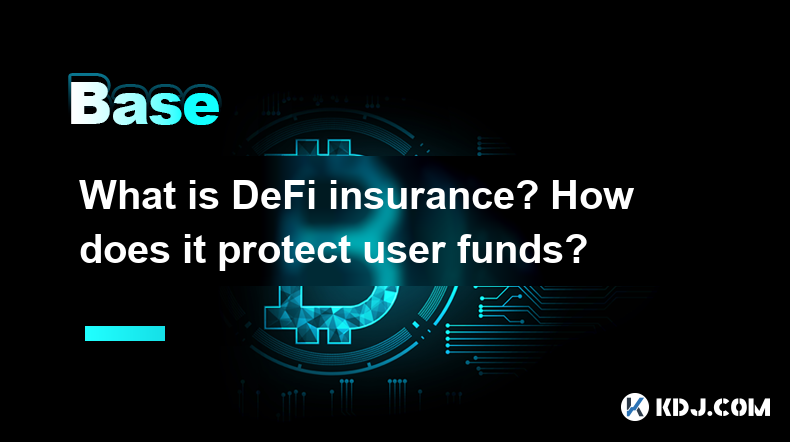
What is DeFi insurance? How does it protect user funds?
Apr 15,2025 at 02:22pm
What is DeFi insurance? How does it protect user funds? Decentralized Finance (DeFi) has revolutionized the way users interact with financial services on the blockchain. However, with the rise of DeFi, the need for robust security measures has become paramount. DeFi insurance is a critical component of this ecosystem, designed to protect users against p...
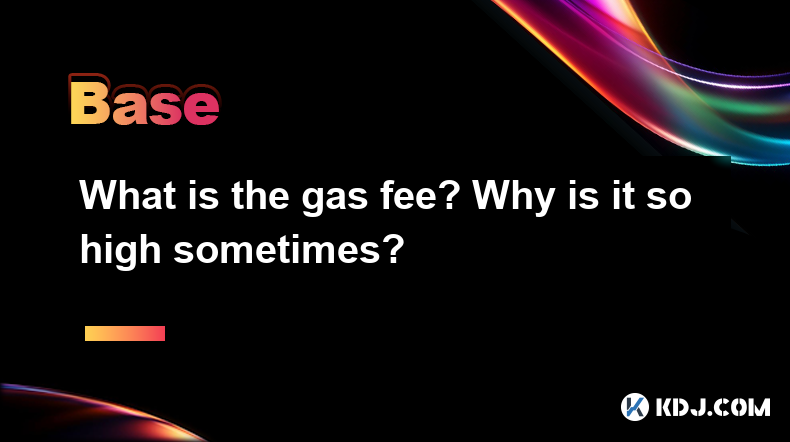
What is the gas fee? Why is it so high sometimes?
Apr 15,2025 at 02:43pm
The concept of gas fees is integral to understanding transactions on the Ethereum blockchain. Gas fees are payments made by users to compensate for the computing energy required to process and validate transactions or execute smart contracts on the Ethereum network. These fees are essential for the operation of the blockchain, as they incentivize miners...
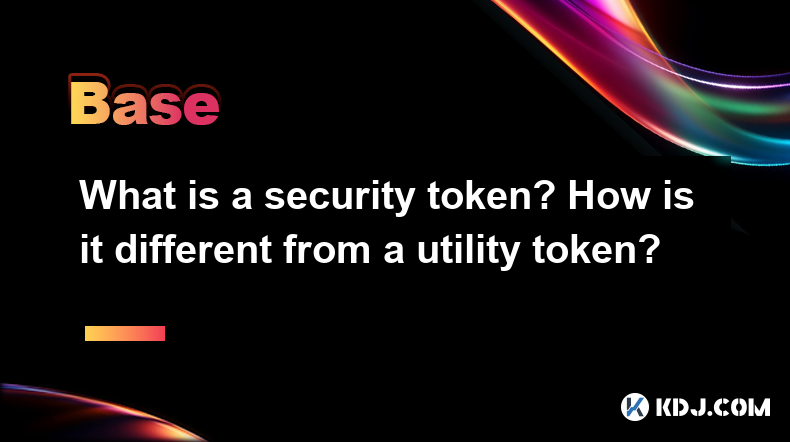
What is a security token? How is it different from a utility token?
Apr 15,2025 at 06:49pm
A security token is a type of digital asset that represents ownership in an underlying asset, such as a company, real estate, or other financial instruments. These tokens are subject to regulatory oversight because they are considered securities under financial regulations, such as the U.S. Securities and Exchange Commission (SEC) guidelines. Security t...
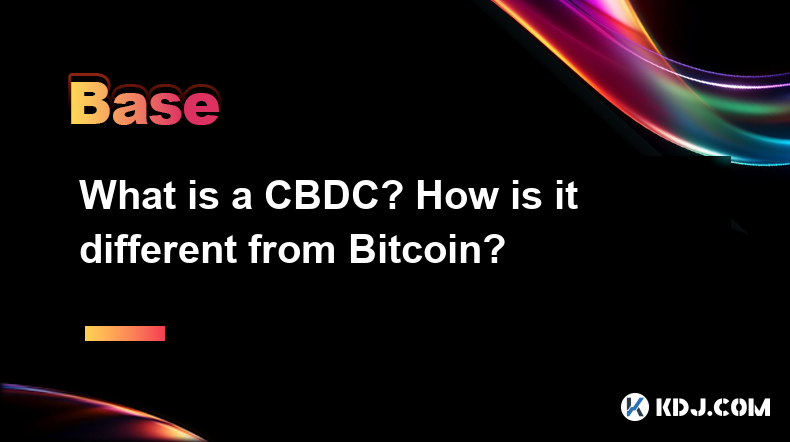
What is a CBDC? How is it different from Bitcoin?
Apr 15,2025 at 01:49pm
A Central Bank Digital Currency (CBDC) represents a digital form of a country's fiat currency, issued and regulated by its central bank. Unlike traditional physical currencies, CBDCs exist purely in digital form, offering a new way for governments to manage their monetary systems. CBDCs are designed to provide the benefits of digital currencies while ma...
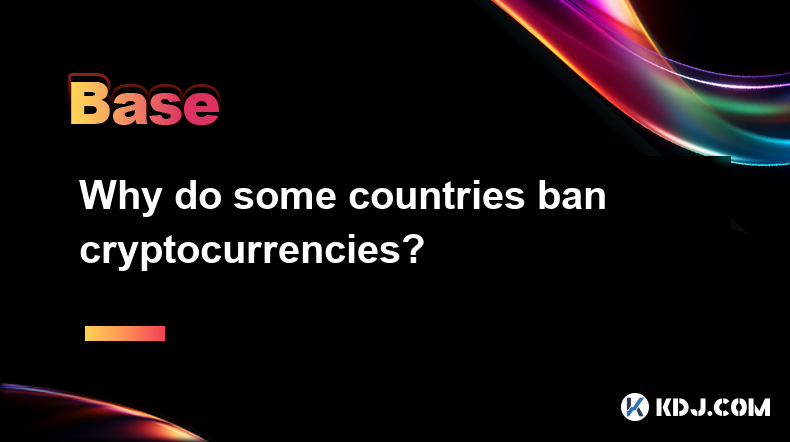
Why do some countries ban cryptocurrencies?
Apr 15,2025 at 06:42pm
Introduction to Cryptocurrency BansCryptocurrencies, such as Bitcoin and Ethereum, have become increasingly popular over the past decade. However, not all countries have embraced this digital financial revolution. Some countries have imposed outright bans on cryptocurrencies, while others have implemented strict regulations. Understanding the reasons be...

What is FOMO? How does it affect investment decisions?
Apr 15,2025 at 03:22pm
FOMO, or Fear Of Missing Out, is a psychological phenomenon that significantly impacts the cryptocurrency market. In the context of crypto investments, FOMO describes the anxiety that an individual feels when they believe others are reaping rewards from a market surge or a specific cryptocurrency's price increase, while they are not participating. This ...

What is DeFi insurance? How does it protect user funds?
Apr 15,2025 at 02:22pm
What is DeFi insurance? How does it protect user funds? Decentralized Finance (DeFi) has revolutionized the way users interact with financial services on the blockchain. However, with the rise of DeFi, the need for robust security measures has become paramount. DeFi insurance is a critical component of this ecosystem, designed to protect users against p...

What is the gas fee? Why is it so high sometimes?
Apr 15,2025 at 02:43pm
The concept of gas fees is integral to understanding transactions on the Ethereum blockchain. Gas fees are payments made by users to compensate for the computing energy required to process and validate transactions or execute smart contracts on the Ethereum network. These fees are essential for the operation of the blockchain, as they incentivize miners...

What is a security token? How is it different from a utility token?
Apr 15,2025 at 06:49pm
A security token is a type of digital asset that represents ownership in an underlying asset, such as a company, real estate, or other financial instruments. These tokens are subject to regulatory oversight because they are considered securities under financial regulations, such as the U.S. Securities and Exchange Commission (SEC) guidelines. Security t...

What is a CBDC? How is it different from Bitcoin?
Apr 15,2025 at 01:49pm
A Central Bank Digital Currency (CBDC) represents a digital form of a country's fiat currency, issued and regulated by its central bank. Unlike traditional physical currencies, CBDCs exist purely in digital form, offering a new way for governments to manage their monetary systems. CBDCs are designed to provide the benefits of digital currencies while ma...

Why do some countries ban cryptocurrencies?
Apr 15,2025 at 06:42pm
Introduction to Cryptocurrency BansCryptocurrencies, such as Bitcoin and Ethereum, have become increasingly popular over the past decade. However, not all countries have embraced this digital financial revolution. Some countries have imposed outright bans on cryptocurrencies, while others have implemented strict regulations. Understanding the reasons be...
See all articles























































































